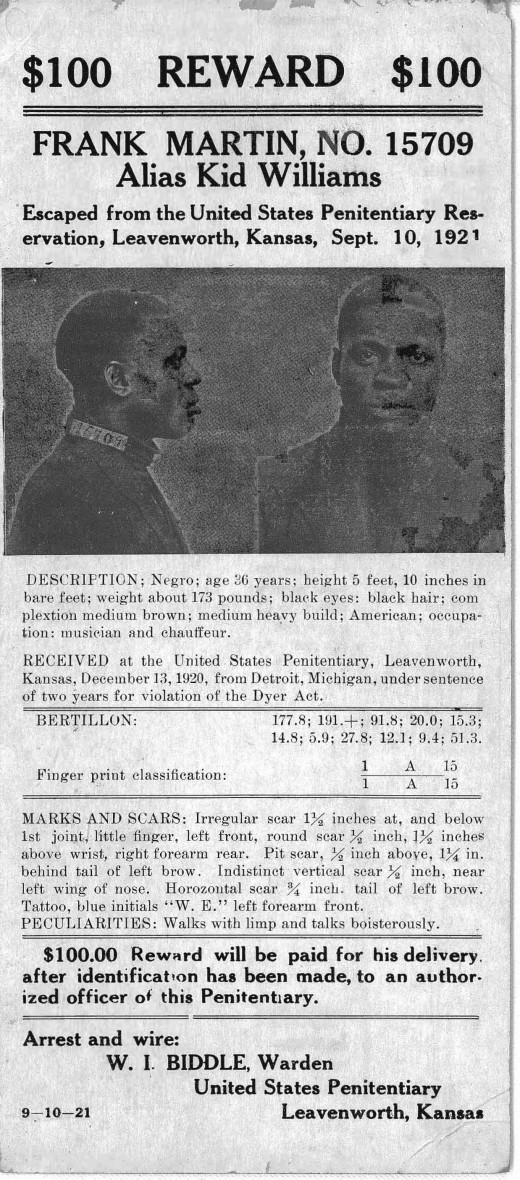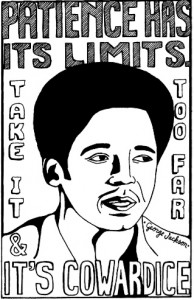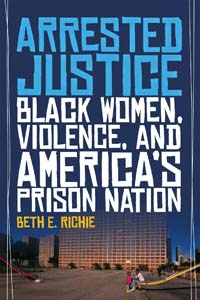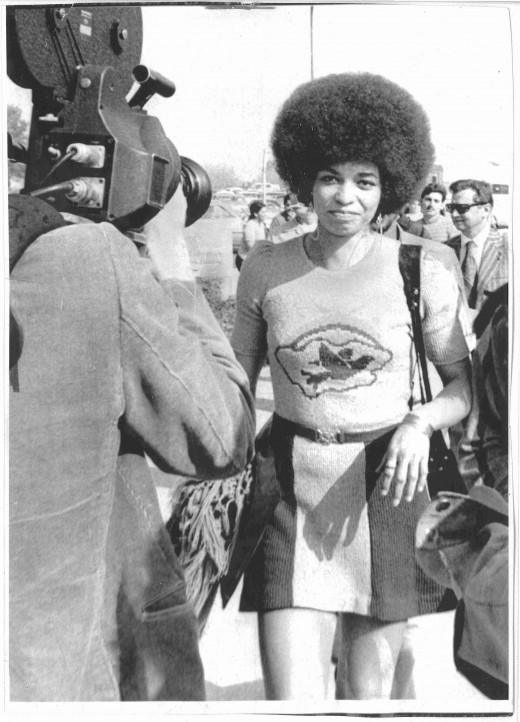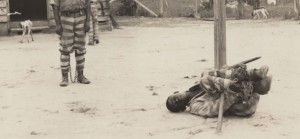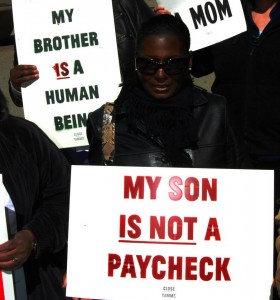It’s Been Two Years of Prison Culture…
I launched this blog two years ago yesterday with these words:
In the upcoming days, this site will catalogue some of the information that I come across as I research the way that the prison industrial complex intersects with all aspects of U.S. culture. I hope to blog about interesting articles that I have read and to include new resources that I find useful. I will also use this site as a way to document how the prison industrial complex operates and the ways that it is impacting U.S. society.
I can hardly believe that two years have passed. Time really does fly. When I started blogging, I had ZERO experience with the medium. I taught myself about wordpress by reading “WordPress for Dummies.” I was a real novice who had no idea of the dedication and the time that it takes to consistently blog.
When I launched the blog in June 2010, I simply wanted a container for all of the ideas that are always swirling around in my head. I had no expectations at all that others might be interested in what I had to say. I did hope that those interested in prison reform, prison abolition, and anti-violence work might find some useful resources on the blog. That was my only expectation.
Now two years later, I am so humbled that this blog has garnered a small and loyal following. I am always both surprised and happy when I hear from readers who share personal stories with me and who share particular resources as well. I am even grateful to those who may not be regular readers but still reach out to register complaints and concerns about something that I have written. I am a nerd at heart and I love engaging with contrary ideas.
As the blog has evolved, it has become a mix of my voice embedded within sociological theory, the voices of prisoners, and also has a decidedly historical bent. This is definitely because of my personal biases. I am mostly comfortable writing about what I know (my own experiences which include my training as a sociologist), I am committed to humanizing prisoners so their voices are important for me to feature, and finally I am a history buff so the blog privileges that too.
In the upcoming year, you can expect much of the same here. I would like to feature even more prisoner voices on the blog. I will continue to invite my very brilliant friends to share their ideas here too. I am hopeful that more of them will take me up on this in the upcoming year. Finally, I will keep sounding the alarm about the inhumane and destructive impact(s) of the prison industrial complex on individual lives and on our society as a whole.
I thank each of every person who has ever read anything on Prison Culture. I appreciate your engagement profoundly. I look forward to another year of blogging…
